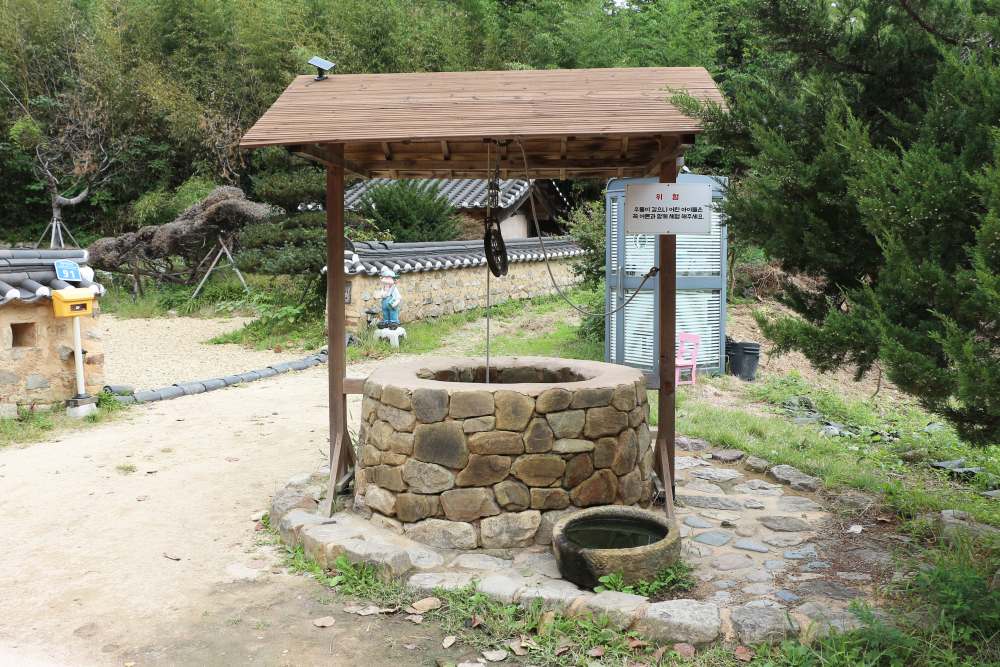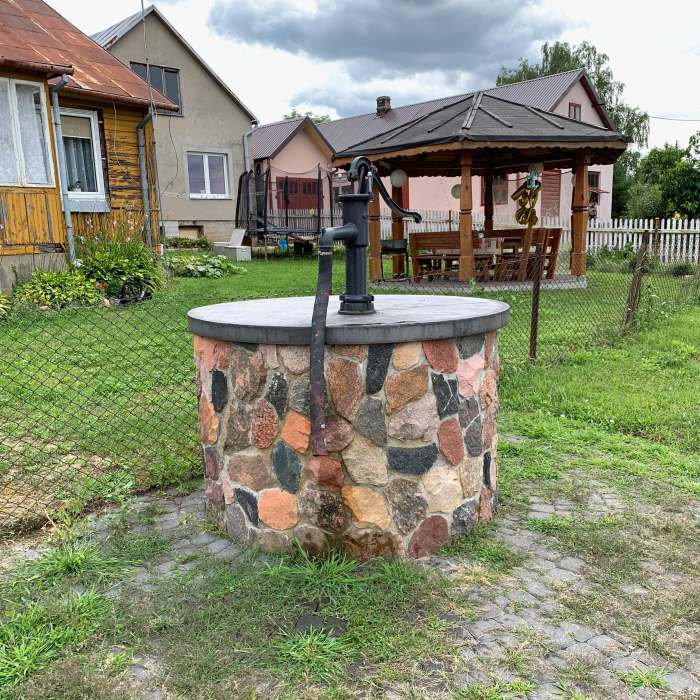Discovering an old well in your yard can be a surprise, sparking curiosity and questions about its history and potential uses. While some might view an old well as a relic of the past or a landscaping challenge, it actually presents a unique opportunity to enhance your property’s functionality and aesthetic appeal.
Whether it’s tapping into a sustainable water source, creating a new garden feature, or incorporating the well into your outdoor design, there are numerous creative ways to breathe new life into these historic structures. This article will guide you through practical and innovative ideas for making use of an old well in your yard, ensuring it becomes a valuable asset rather than an overlooked obstacle.
What is a Well?
A well is a structure created by digging or drilling into the ground to access water from underground aquifers. These sources of water can be found at various depths beneath the earth’s surface, depending on geographical and geological conditions. Traditionally, wells were dug by hand to provide a community or household with a steady supply of water for drinking, cooking, cleaning, and irrigation. Modern wells are often drilled using sophisticated machinery, allowing for deeper penetration into the earth to access cleaner and more reliable water sources.
Wells come in various types, including shallow-dug wells, deep-drilled wells, and artesian wells, each serving different needs based on their depth and the method used to access the water. The construction of a well typically involves lining the hole with materials like stones, bricks, or, more commonly, pipes and casing to prevent collapse and contamination of the water supply. A pump, either manual or electric, is then used to draw water to the surface.
Historically, wells have been vital to human settlements, allowing communities to thrive in areas where surface water might be scarce or seasonal. Today, they continue to be an essential source of water for many, especially in rural or remote areas where municipal water systems are not available.
Inspecting if an Old Well is still Functioning
Inspecting an old well to determine if it is still functioning is a crucial step before deciding on its future use. This process involves a few key steps to ensure the well’s safety and the quality of the water it may provide. Here are the essential steps to inspect an old well:
- Visual Inspection: Start with a thorough visual examination of the well’s structure. Look for any signs of damage or deterioration, such as cracks in the casing, a collapsed structure, or debris that might have fallen into the well. The condition of the well’s cover should also be assessed to ensure it is secure and can prevent contaminants from entering.
- Water Level Check: Determine the water level in the well. This can be done by lowering a weighted string down the well until it reaches water, indicating the water table’s current level. A significant drop in water level compared to historical records may indicate issues with the aquifer or the well itself.
- Water Quality Test: Water from an old well should be tested for purity and safety before any use. Samples should be sent to a certified laboratory to test for bacteria, nitrates, and other potential contaminants. This step is critical, as water quality can change over time, and contaminants can pose health risks.
- Pump and System Check: If the well has an existing pump system, inspect it for any signs of wear or damage. Consider having a professional evaluate the pump’s efficiency and safety. An outdated or malfunctioning pump may need repair or replacement to restore the well’s functionality.
- Professional Assessment: For a comprehensive evaluation, consider hiring a professional well inspector or a water well contractor. They can perform a detailed assessment, including checking the well’s construction, the integrity of its casing, and the functionality of its components. A professional can also provide recommendations for repairs, improvements, or whether the well can be safely used.
Following these steps can help you understand the condition of an old well and what might be needed to bring it back into service or repurpose it safely.
Using an Old Well
Using an old well effectively and safely involves several key steps, from inspection to potential upgrades. Whether you aim to use the well for irrigation, as a water source for your home, or even as a decorative element in your garden, following these steps can ensure you make the most out of this valuable resource:
- Safety and Inspection: Before using an old well, conduct a thorough safety inspection and water quality test, as mentioned previously. Ensure the structure is stable and the water is free from contaminants.
- Obtain Necessary Permits: Check with local authorities regarding any permits or regulations related to well usage. Requirements can vary depending on location, the well’s depth, and its intended use.
- Clean and Repair: Based on the inspection, clean out any debris and repair damages to the well’s structure or casing. This might involve professional help, especially if there’s significant damage or if the well needs to be deepened.
- Update or Install Pumping Equipment: If the old well will be used for water extraction, assess the condition of the existing pump and replace or upgrade it as necessary. Modern pumping systems are more efficient and may be required to meet current standards.
- Protect the Wellhead: Ensure the wellhead is properly sealed and protected from surface water and contaminants. Installing a secure, vermin-proof well cap or cover is essential to prevent contamination.
- Regular Maintenance: Set up a schedule for regular maintenance and water quality testing. Keeping records of water levels, pump performance, and water quality over time can help identify issues early.
- Consider Water Treatment: Depending on the water quality test results, you might need to install water treatment systems to make the water safe for drinking or specific uses.
- Explore Alternative Uses: If the well cannot be used for drinking water, consider alternative uses such as irrigation for a garden, a geothermal heat source, or even as a feature in a landscape design.
By carefully evaluating and preparing an old well for use, you can unlock its potential as a resource for your property. Whether providing water, serving as a sustainable feature, or adding historical interest to your yard, an old well can be a valuable asset when managed properly.
Conclusion
An old well in the yard doesn’t have to be seen as just a relic of the past or a landscaping dilemma. With the right approach, it can be transformed into a functional and even decorative feature that adds value to your property. By conducting thorough inspections, ensuring the well’s safety and water quality, and considering the most suitable uses based on its condition, homeowners can unlock the potential of these historic structures.



